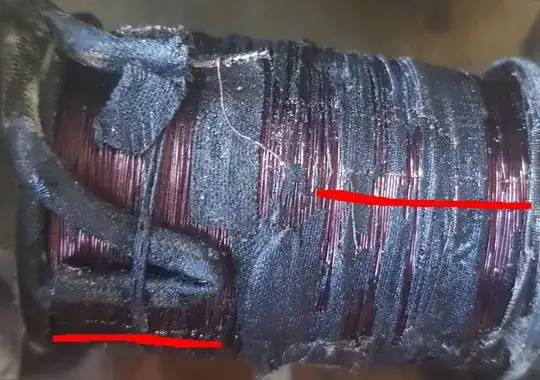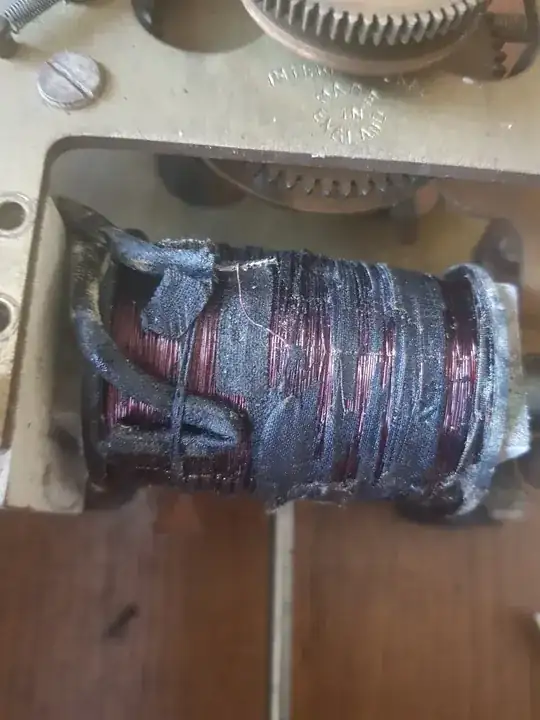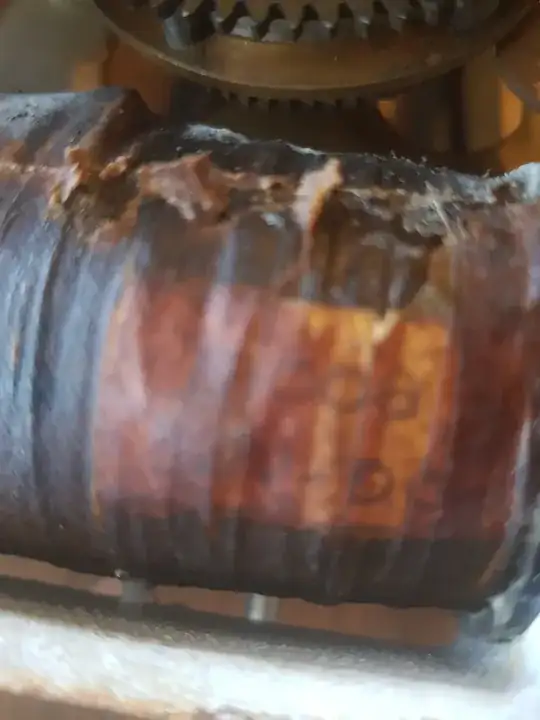Before you do anything else, check to make sure that the coil is bad. That would greatly surprise me. There shouldn't be enough current through it to damage the wire.
Make sure that the connections at each end of the coil are OK. Measure the resistance from one end of the coil to the other. It may be several hundred ohm to several thousand ohms. If it shows tens or hundreds of thousands of ohms, then it may be broken.
It is possible that the coil is short circuited. The enamel on the wire in the coil may have started flaking off, allowing the individual windings in the coil to make contact. That would make the resistance of the coil lower, but you'd have a really hard time telling if a low resistance is too low.
If you are absolutely certain that the coil is bad then your options are to find a replacement (not likely unless you can find an identical clock with a good coil,) or to rewind the existing coil. This is absolutely not rocket science.
- Make note (take pictures) of which way the wire is wound on the core.
- Unwind the wire from the coil.
- Count how many windings are on the core.
- Measure the diameter of the wire.
- Measure the length of the wire.
- Order a roll of enameled magenet wire of the measured diameter that is longer than the wire you took off of the coil.
- Wind the new wire on the existing core in the same way as the original wire.
- Wind the wire neatly, with each turn lying next to the one before.
It will be a lot of work. You can expect to spend hours unwinding and rewinding the coil.
I took a closer look at the coil. It seems the wire may have been cut when trying to remove the insulating tape around the coil.

Both red lines mark places where the wires may be cut. I'm not completely sure about the lower line - that may be the cut edge of the tape. The upper line definitely goes into the wire, though.


